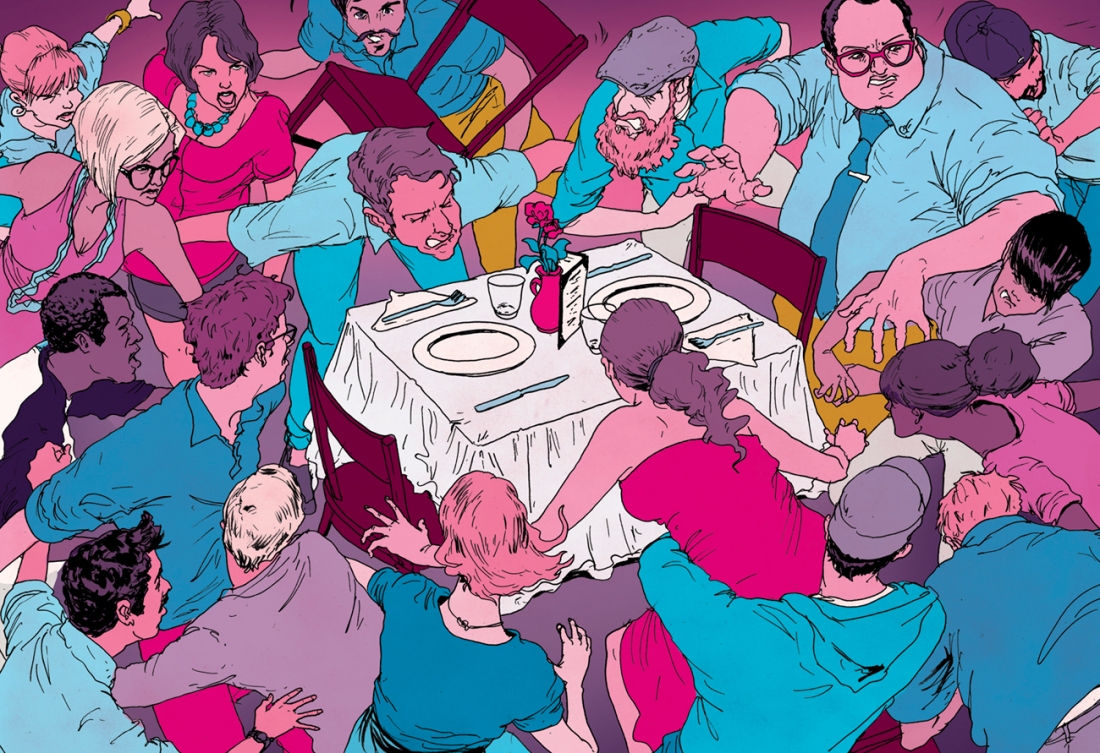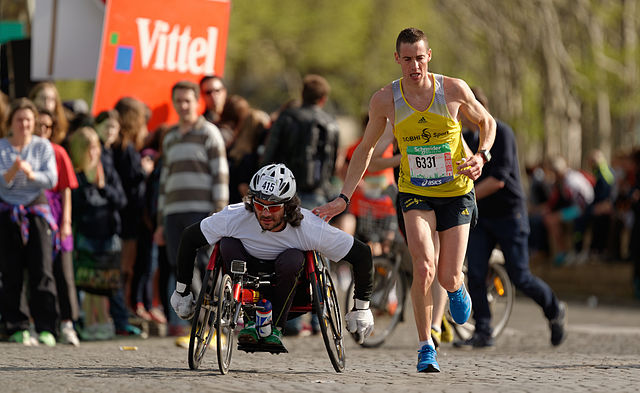Despite representing 18.3% of the Australian population (ABS 2015), disabled individuals are continually underrepresented or misrepresented in mainstream media. Multidimensional portrayals of those with a disability are rare in mainstream media, rather, they are often reduced to stereotypes and tropes (Boross & Rejinders 2018). A study of 469 radio listeners with a disability found that the majority of respondents believed that they had been portrayed in a stereotypical fashion (Ross 2001). The tropes of ‘tragic but brave’ or ‘dependent and helpless’ continually occurred, and respondents noted frustration at the reduction of the disabled experience (Ross 2001).
Ellis and Goggin argue that participatory media presents the potential for marginalised groups to further their engagement with mainstream media (2015). The use of new technologies, such as audio blogging, have increased accessibility for those with a disability. Further, these new technologies have allowed those with a disability to produce their own content to gain meaningful representation. Through participatory media, disabled people can fight for a seat at the table in the media sphere.

Participatory media is often described as a response to the ‘top-down’ traditional media systems which are exclusionary, further, participatory media is described as ‘bottom-up’ (Spurgeon & Edmond 2015), in that the creator’s experience is embedded in the content, encouraging self-representation.
A success of participatory is the ability to use crowdfunding to self-represent. An example of this, ‘My Gimpy Life’, follows the attempts of Teal Sherer to find work as a disabled actress. Sherer was able to raise $55,000 for the second season of ‘My Gimpy Life’ through crowdfunding (Ellis & Goggin 2015). The ability of disabled individuals to crowdfund encompasses the true meaning of self-representation and bottom-up participatory media. Sherer puts it best: “I don’t think people with disabilities are seen enough in the media, and instead of waiting on someone else to give me that opportunity, I decided I would do it myself.” (Ellis & Goggin 2015 p84).
The existence of participatory media does not excuse mainstream media from creating inclusive content. Examples of meaningful depictions of disabled people include dating show ‘The Undateables’. Boross and Rejinders argue that the focus on intimate relationships in ‘The Undateables’ allows insight into the disabled experience, forcing the viewer to consider their prejudice toward disability (2018).

The lack of representation is felt keenly by the disabled community, as shown in 2014 when ABC’s ‘Ramp Up’ ceased operations. In acts of protest, many disabled individuals posted selfies with tape over their mouths to social media, representing being ‘silenced’ (Ellis & Goggin 2015). Though participatory media allows disabled individuals the ability to self-represent, visibility should occur in both ‘bottom-up’ and ‘top-down’ media.
Sources:
- ABS 2015, Disability, Ageing and Carers, Australia: Summary of Findings, 2015, Australian Bureau of Statistics, viewed 19/8/2018, <http://www.abs.gov.au/ausstats/abs@.nsf/0/C258C88A7AA5A87ECA2568A9001393E8?Opendocument>.
- Boross, B. & Rejinders, S. 2018, Dating the Media: Participation, Voice and Ritual Logic in he Disability Dating Show ‘The Undateables’, Sage Journals, viewed 19/8/2018, <http://journals.sagepub.com.ezproxy.lib.uts.edu.au/doi/pdf/10.1177/1527476418782184>.
- Ellis, K & Goggin, G (2015): “Disability Media Participation: Opportunities, Obstacles and Politics”, Media International Australia, v154n1, pp 178-88.
- Ross, K. 2001, ‘All ears: radio, reception and discourses of disability’, Media, Culture & Society, vol. 23, no. 4, pp. 419-37.
- Spurgeon, C. & Edmond, M. 2015, ‘Making Media Participatory’, Media International Australia 154, no. 1, pp. 52-6.